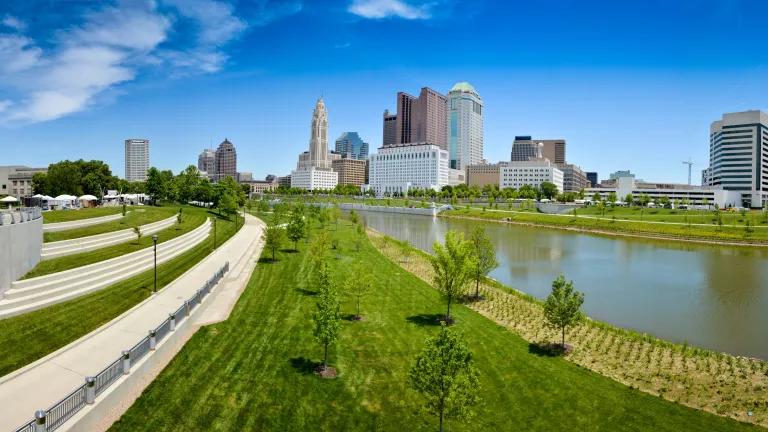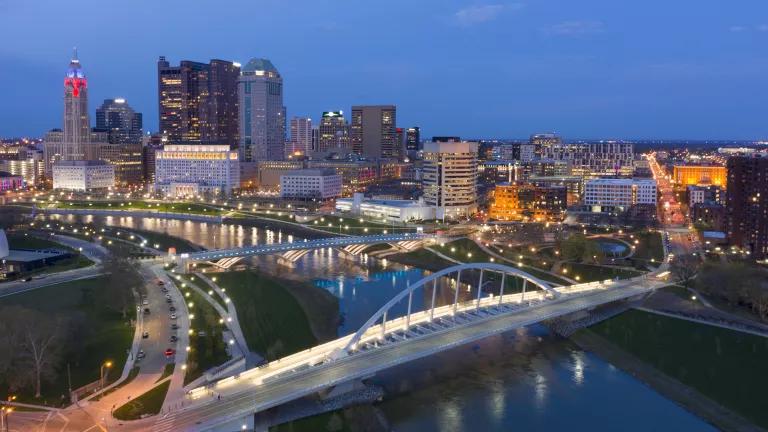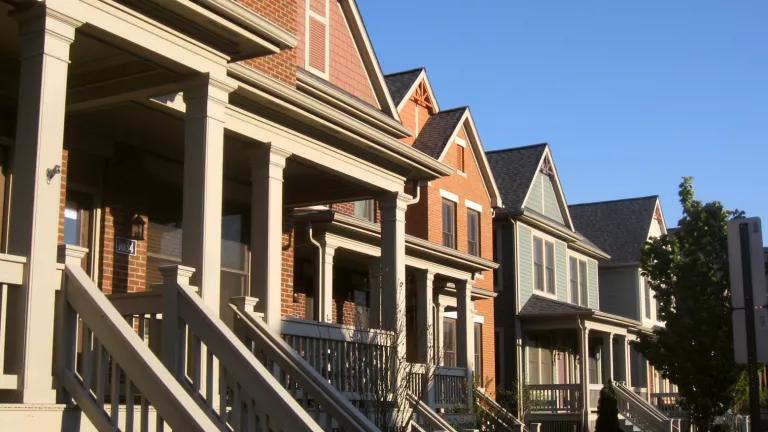The jurisdictions within the Columbus, Ohio, Metropolitan Statistical Area (Columbus MSA) are growing at about the national average. Between 2010 and 2040, the Columbus MSA will grow from 1.7 million to 2.2 million residents, or by about 26 percent, somewhat less than the nation's projected growth rate of 31 percent for that period. About 171,000 households will be added. More than 400,000 space-occupying jobs will also be added, requiring more than 300 million square feet of net new enclosed space. With about 750 million square feet of space requiring replacement, there will be about 1 billion square feet of nonresidential development during this period, representing about 1.8 times the total enclosed nonresidential space supported in 2010.
There will be important changes between 2010 and 2040:
- About one-third of the change in population between 2010 and 2040 will be attributable to seniors.
- The "new majority" (comprising all racial and ethnic minorities) will account for nearly all the growth.
- Between 2010 and 2040, households with children will make up about one-fourth of the total household change.
- Single-person households will account for more than half the total change.
The bottom line is that the most influential drivers of the form, location, and nature of the region's development since the 1970s are undergoing fundamental changes. Understanding these new drivers and their implications for the built environment, and appropriately planning for and shaping the region's growth in recognition of these new drivers, may be major factors in determining the region's future economic competitiveness.



